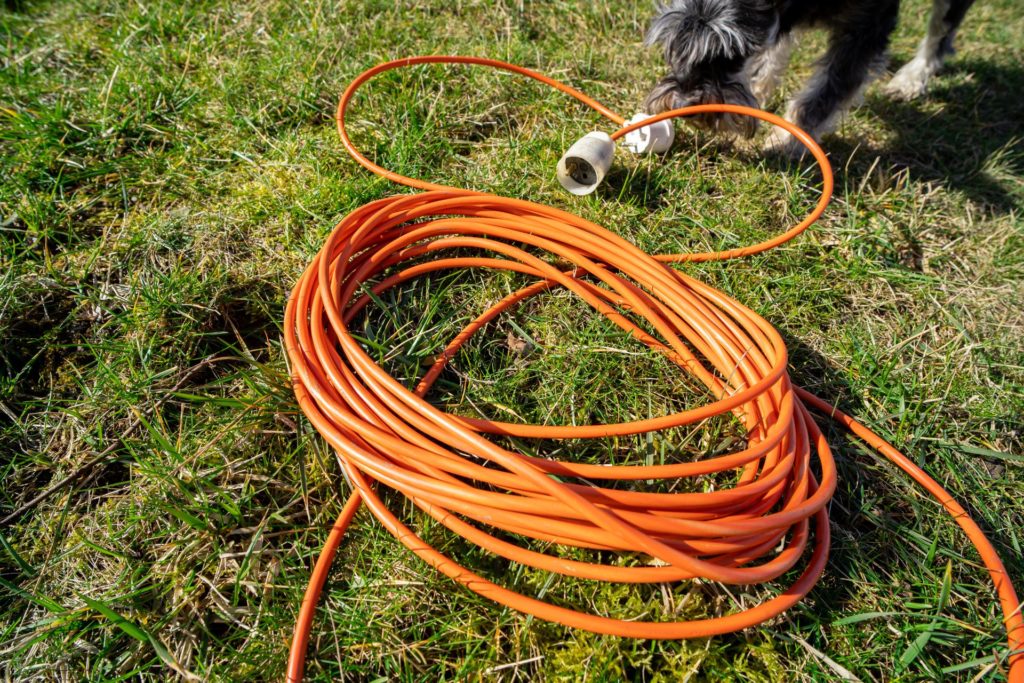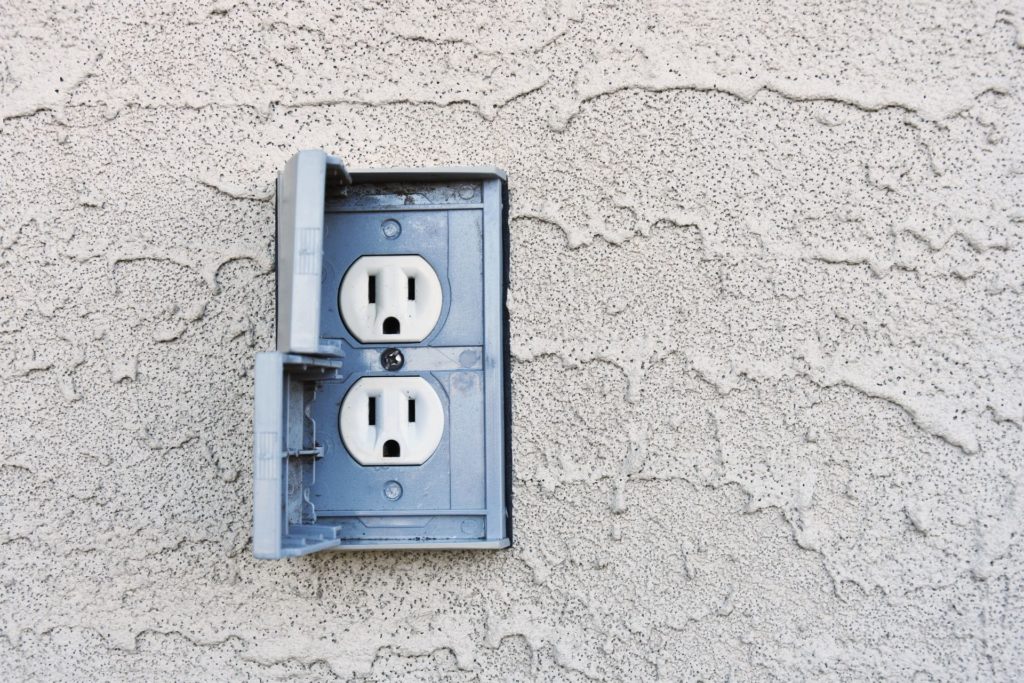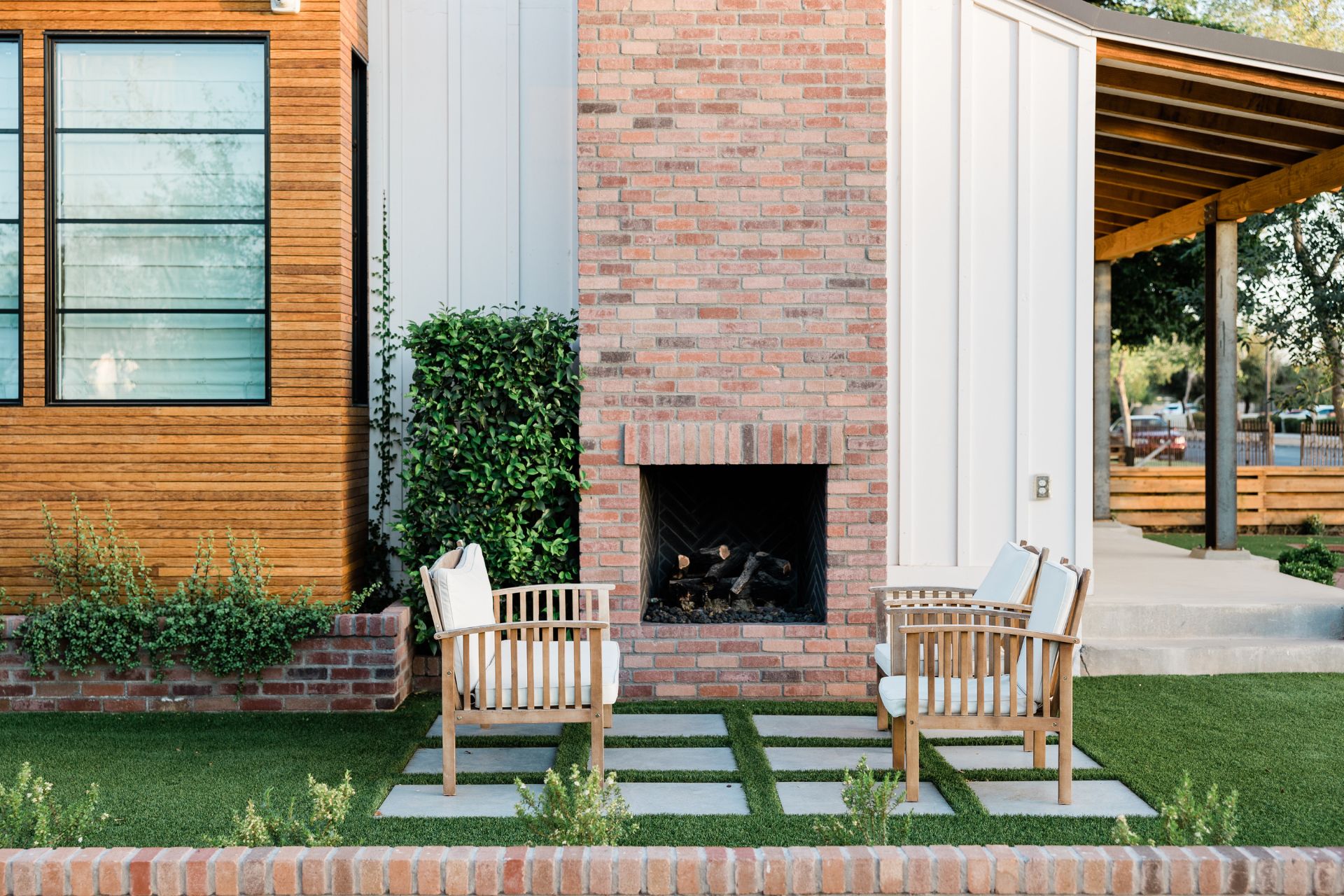Outdoor outlets sound like a must-have. In fact, you have probably never seen a house that did not have an outdoor outlet. But are outdoor outlets necessary? What if your home doesn’t have one? Why would contractors neglect outdoor outlets, and what can you do about it? Can you add more outlets outside?
Why Doesn’t My House Have An Outdoor Outlet?
This is rare. You need at least one receptacle at the front and back door. Therefore, every modern home has at least two outdoor outlets. If your home doesn’t have an outdoor receptacle, your contractor forgot to add one. Or you instructed them to ignore the outdoor outlets. No other reason would explain the absence of an outdoor outlet.
You cannot blame financial constraints because outlets are not particularly expensive. If you can afford to install interior outlets, you can afford to install exterior outlets.
Do I Really Need An Outdoor Outlet?
This is the first question you will ask if you don’t have outdoor outlets. Do you even need them? After all, outlets are not free. Contractors have to make holes in the walls.
They may also pull wires through the walls to connect the outlet to the appropriate circuit. Is it truly necessary to expose the inhabitants of your home to the inconvenience, or can you get by without outdoor outlets?
Technically speaking, you can get by without outdoor outlets. However, outdoor outlets have more to offer than you realize. First of all, they will operate your Christmas lights.
Admittedly, you can connect outdoor lights to an interior receptacle. But you’re better off using outdoor outlets because they are within easy reach.
An extension cord can operate your lights, mini-fridges, sound systems, and the like.
But what if you overload the extension cord? What if your power strip catches fire because you overloaded the device? The risks are far too many and not worth the hassle.
An outdoor receptacle will give you all the electricity you need to entertain your guests.
But again, this simply proves that outdoor outlets are convenient. It doesn’t tell you whether or not they are necessary.
A licensed electrician will encourage you to get an outdoor outlet because they are safer than power strips and extension cords. Additionally, you have to check your local building code.
If the building code demands outdoor outlets, you don’t have a choice in the matter. You must install them.
What Can I Use If I Don’t Have An Outlet Outside?
Outdoor outlets are essential, but you can do without them. First of all, you can use extension cords and power strips. But these devices are dangerous because you are more likely to overload them.

You can reduce the risk by investing in extension cords and power strips with a sufficient gauge. Get the thickest extension cords you can afford. They will transmit the current you require without melting and catching fire.
Naturally, the distance is a limitation. How far is the outdoor device you want to run? Extension cords have their limits. Yes, they come in various lengths.
But increasing the length also increases the resistance, which, in turn, makes the extension cord more dangerous because it is more likely to overheat, especially if you want the device to operate a heavy-duty item with a significant electrical draw.
Fortunately, many wired outdoor tools and machines have battery-powered alternatives. You can find Christmas lights that run on 12V batteries.
Solar is another option. Although, some battery-powered alternatives are too expensive. You could experiment with generators. But they are not cheap, especially if you want to run heavy-duty appliances that use a lot of power.
And what about the fuel? Can you afford to use generators every other day? Outdoor outlets are simply the best options.
What If I Wanted To Add An Outlet Outside? How Do I Install It?
If you own a home, you don’t need anyone to convince you that outdoor outlets are necessary. If you just bought a new home, but it doesn’t have outdoor outlets, you’re probably wondering what you can do about it.
The solution is simple. Install a new outlet. They are not particularly complicated. Just follow these steps:
1). Where do you want to install the outdoor outlet? This has to be your first consideration. Building codes expect consumers to add an outlet to each entrance.
Therefore, if you don’t have any outdoor outlets, you should install one next to the front door. Where possible, find a location that protects the outlets from the elements.
You can also place the exterior outlet on the other side of an interior outlet. You will have an easier time accessing a circuit. But you can’t use dedicated circuits that support heavy-duty appliances like washing machines and air conditioners.
2). Don’t proceed until you turn the power off. You should check the wires with a voltage tester. Make sure the power is off before you handle any of the conductors.
You should also add a label to the breaker just in case anyone is tempted to switch the power back on while you work
3). Install an outlet box. If you already have a stud cavity and outlet box, try to add the new outlet on the same side. If you have a useless interior outlet, remove it and knock the back out.
Find the wall studs using a stud finder and mark them before you start drilling.
The type of drilling you will do depends heavily on whether you want the electrical box to be recessed.
4). Wire the electrical box. Use 12/2 wire. Hopefully, you have a 20A circuit that can accommodate the outlet. Use wire cutters to remove the insulation and expose the conductors.
The time it takes to wire the outlet depends on the distance you have to traverse. Are you simply pulling the wires through a hole or guiding them through walls, ceilings, and conduits?
This process sounds simple, but that is not always the case. Ultimately, if you have ever wired an outlet, you can follow the same procedure here. Connect the neutral, ground, and hot wires to the correct terminals.
Don’t forget to test the receptacle. Don’t assume everything is okay simply because you connected the wires and replaced the faceplate. Turn the power back on and plug an appliance into the outdoor outlet.
Is it working? You can leave it alone. Has it refused to work? Dismantle everything and check the wiring. Better yet, talk to a professional. Ask them to look at your work.
Check this video to know more in detail about installing an outlet.
Safety Measures To Add Outdoor Outlets
1). Use GFCI
Get a GFCI. A GFCI responds to ground faults. It looks at the incoming and outgoing current and shuts the power off once it detects an imbalance. An outdoor outlet can deliver enough current to freeze your muscles, preventing you from letting go.
In other words, it can kill you. This is why local authorities recommend the use of GFCIs in places that expose electronic devices to moisture, such as pool areas and bathrooms.
You should install GFCI technology on every outdoor outlet. Otherwise, the authorities in your area may penalize you.
2). Use Dedicated Circuit
Dedicated circuits are not mandatory. However, you can make the outlet safer, especially if you want to operate heavy-duty equipment.
3). Use Outlet Covers
Outdoor outlets are tricky because they are exposed to the elements. If you touch a wet outdoor receptacle, it may shock you. Additionally, extreme weather conditions can destroy the outlet, exposing the live conductors inside.

I want you to protect your outlets with weatherproof covers. They keep water and snow out, preventing the outlets from getting wet. Technically speaking, the GFCI will prevent a damp outlet from shocking you.
But covers are more convenient because they prevent unnecessary outages.
4). Use Weatherproof Outlet
What kind of outlet did you buy? Manufacturers make outdoor outlets that can withstand the elements. You can also give the receptacles added protection by including proper grounding.
5). Use Proper Sized Cable
Outdoor wiring is different from indoor wiring. You have to match the cables to the purpose. Are you planning to bury the conductors? You need lines with stronger sheaths that can withstand the pressure.
What about the gauge? You can start a fire by using the wrong gauge. Consult a professional before acting. Even if you’re determined to install the outlet yourself, ask a licensed electrician to select the outlets and wires beforehand.
They will also analyze your situation to determine whether or not you need a conduit.
How Much Does It Cost To Add An Outlet Outside?
This task is not expensive. You may spend as much as $1,500, but only if you have an old home that requires new wiring. Otherwise, you are looking at $300 or less.
Related Post:

